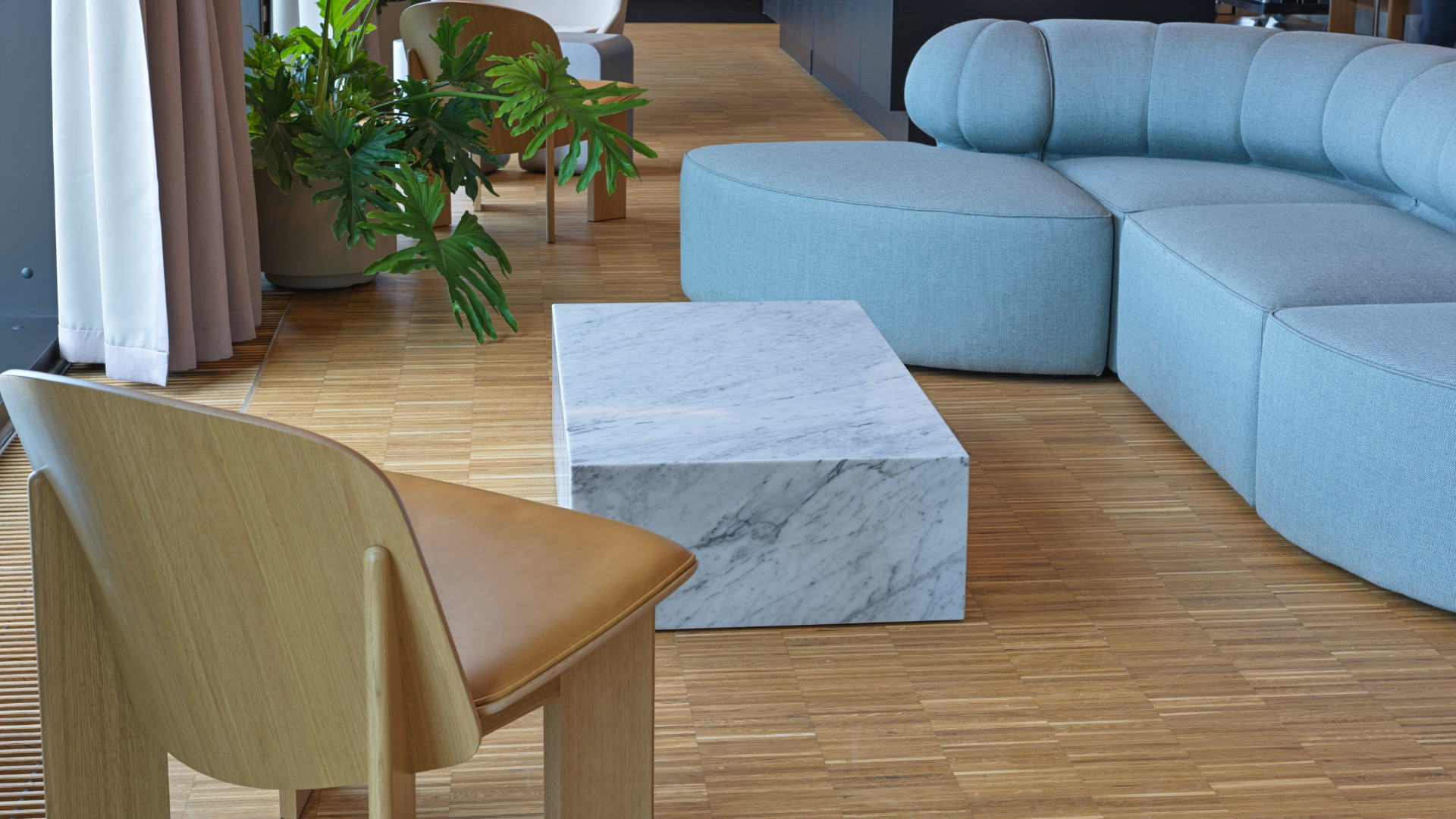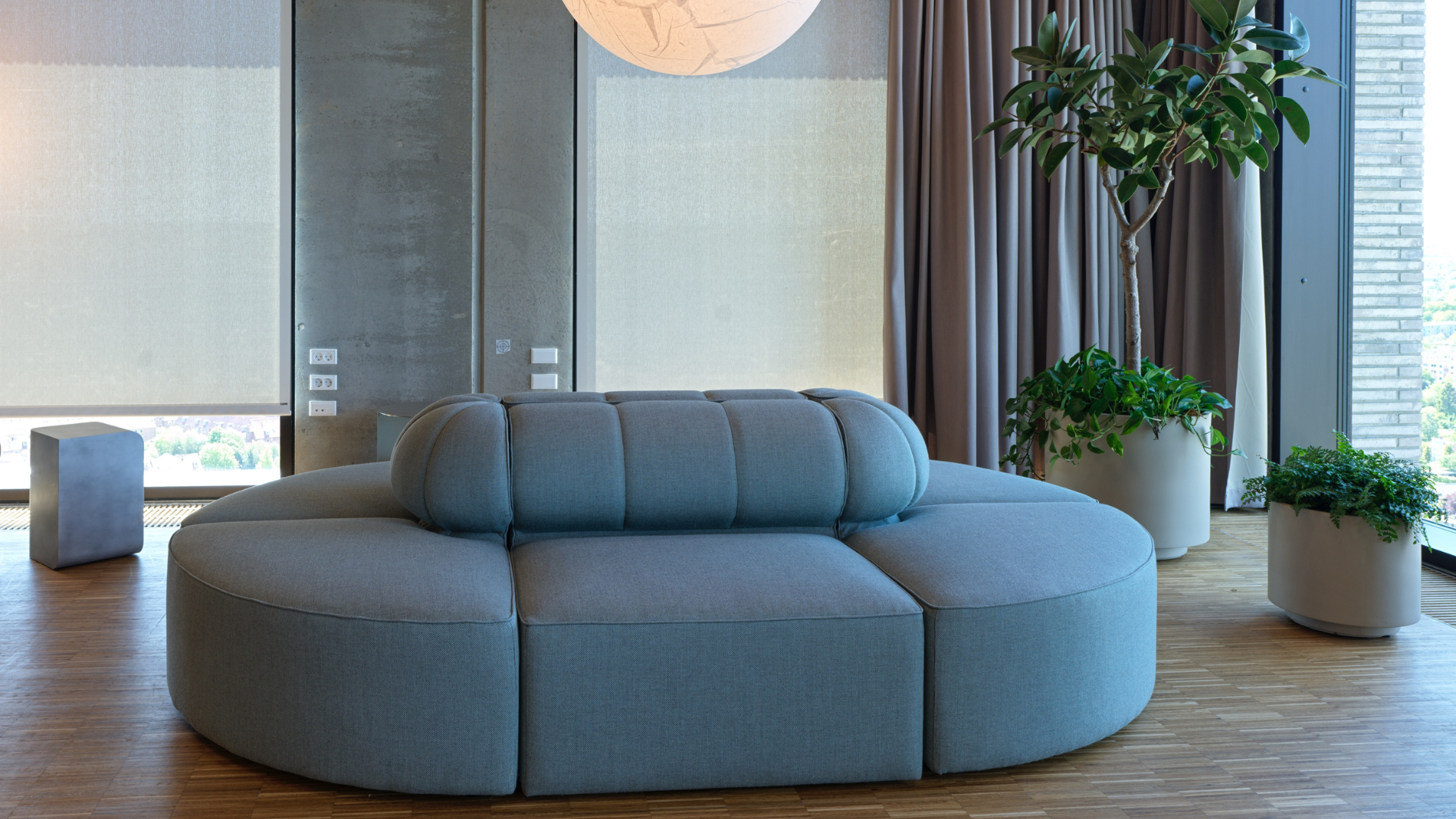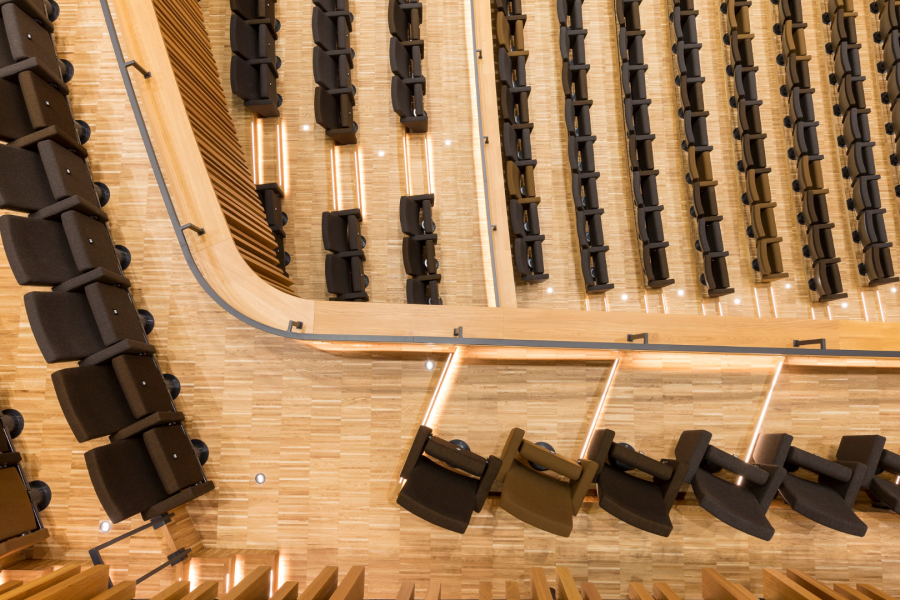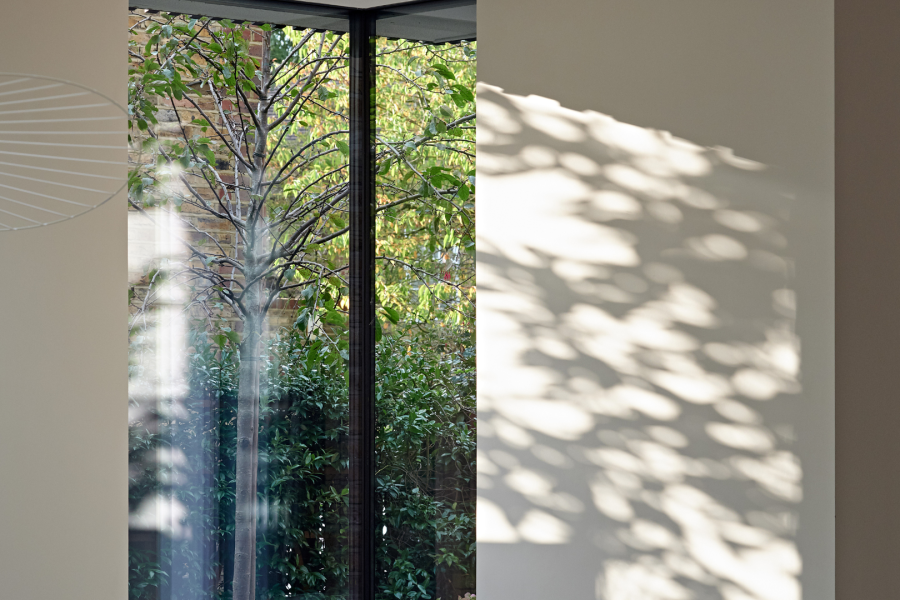02. oktober 2025

Josefine Alstrup
Acoustic design has become an increasingly important aspect of architecture and interior planning, focusing on wellbeing, productivity and comfort.
Understanding Acoustic Design
Acoustic design has become an increasingly important aspect of architecture and interior planning, reflecting a broader focus on wellbeing, productivity and comfort. At its core, acoustic design is about shaping the sound environment of a space to create conditions that are both functional and pleasant. It involves three central principles:
- Sound absorption: reducing reverberation and background noise to improve clarity and comfort.
- Sound insulation: preventing unwanted sound transmission between adjacent rooms.
- Sound diffusion: ensuring that sound energy is distributed evenly across a space rather than concentrated in certain areas.
These elements are particularly relevant in modern architecture, where open-plan layouts and minimal material palettes can easily result in unwanted echo and acoustic discomfort if not carefully managed.
Solid Wooden Flooring and Acoustics
Solid wooden flooring is an increasingly popular choice in contemporary architecture due to its natural beauty, durability and sustainable credentials. Oak, ash and other species offer a timeless aesthetic that resonates with biophilic design principles and provides a tactile, grounding quality to interiors.
However, from an acoustic perspective, solid wood presents both strengths and challenges.
Advantages
- A natural, aesthetically appealing surface material.
- High sustainability value when sourced responsibly.
- A strong fit with modern interior trends favouring natural and renewable resources.
Challenges
- As a hard surface, solid wood reflects sound rather than absorbing it.
- In spaces dominated by glass, concrete or other reflective materials, wood flooring can contribute to high reverberation times and reduced speech intelligibility.

Strategies for Balancing Acoustics
While solid wooden flooring cannot absorb sound in the same way as textile-based materials, its acoustic limitations can be mitigated through a carefully considered design strategy. Architects typically employ combinations of the following:
- Acoustic wall or ceiling panels: specialised timber or composite panels that absorb and diffuse sound.
- Textile surfaces: rugs, carpets or curtains introduced to break up reflective surfaces.
- Soft furnishings: upholstered seating that reduces reverberation while maintaining visual comfort.
- Ceiling-hung absorbents: suspended elements designed to control sound in large, open spaces.
By combining solid wooden flooring with these acoustic solutions, architects can achieve both the desired aesthetic qualities of wood and the necessary acoustic performance for functional, comfortable environments.
Why Acoustics Matter More Today
The growing interest in acoustic design reflects wider cultural and architectural shifts. Open-plan offices, multifunctional learning environments and hospitality spaces demand greater acoustic care to avoid noise fatigue and support wellbeing. At the same time, the emphasis on mental health in architecture underscores the importance of sound as a determinant of comfort and productivity.
Incorporating natural materials such as solid wood into these environments aligns with contemporary sustainable design trends, but also calls for a nuanced approach to acoustic balance. The aim is not to compromise on aesthetic or environmental ambition, but to integrate sound as an equally important design parameter.
Conclusion
Acoustic design is no longer a specialist consideration; it is a central component of architecture that shapes the lived experience of a building. Solid wooden flooring plays a meaningful role in this discussion, offering a timeless and sustainable surface that, when combined with appropriate acoustic measures, can support both design integrity and occupant wellbeing.
Photos by: Bjarne Lund Johansen

Explore more stories

Building With Character
25. november 2025
Hørning has delivered the floor to Malmö Live in 2015 - the city’s vibrant hub for music, culture, and events - with its striking composition and engaging facilities.

EPDs As A Design Tool
18. november 2025
In contemporary architecture, beauty and responsibility must go hand in hand. With the growing demand for transparency, EPDs have become an essential tool.

Forskaren: Inspiring Surroundings
14. november 2025
Stockholm’s new life science centre, Forskaren, is located at the heart of the emerging Hagastaden district in the northern part of the Swedish capital.



